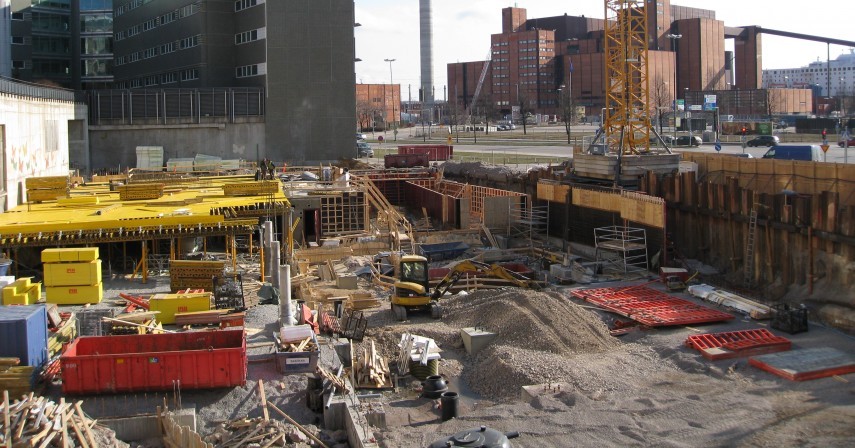Why Prices of Raw Materials Are Falling

Natural resources are scarce. The quantity of natural resources will not go up, though they may change in forms. We have been using up natural resources throughout history. At the same time, the world population has been rising. In 1804, the world population was one billion. Now, the world population is about 7.4 billion. In nearly two centuries, world population became more than seven fold. More people walk on earth today or have walked the earth fairly recently than all the people who ever lived on earth put together.
This is surprising, because human beings have been around for many millions of years. So, it seems that people are using up resources. Many believe that we are quickly running out of resources. Biologist Paul R Ehrlich predicted in early 1960s that we are running out of resources, and that we will see mass starvation and other evils. Ehrlich felt that the world is overpopulated, and that something must be done about this. In 1980, economist Julian Simon disagreed with Simon. Simon betted that the price of a basket of five commodities — chromium, copper, nickel, tin, and tungsten — will decline in 10 years. Simon famously won the bet. The price of each of these five commodities fell over those 10 years.
Even though prices of commodities fluctuate very often, prices tend to fall, when adjusted for inflation. Throughout history, prices of commodities have fallen. This is true of even commodities used in construction, like cement and steel. This is why housing has become less expensive over years, relative to personal incomes. This shouldn't be surprising, because people are very creative. When there are more people, there are usually more creative people. The growth of new technologies and processes is almost exponential because ideas breed more ideas. So, contrast to the belief that population is growing geometrically, while the supply of food is growing arithmetically, there is almost an exponential growth in human productivity.
Resources, though limited, are abundant enough to not run out for very, very long. This is because earth is packed with resources, 4000 miles down to the core. It is not resources that we lack, but people. There are more people than ever, but we need people more than ever. This is why real wages have been rising, even when adjusted for inflation. The price we pay for human labour and time has been rising, because human labour is scarce. In other words, there is a shortage of people, and not of resources.
The supply of food has exceeded human population growth because of better means of production of food. This is true, even though less people are farming than ever. If you doubt this, take a look at the world we live in. More people are engaged in farming in poor countries, while only a small minority is engaged in farming in wealthy countries. Still, wealthy countries produce more food. This is because human productivity depends a lot on machinery, creativity and economic policy. Wealthier societies have better machinery, more creative people. Wealthier societies have better economic policies. For the same reason, wages of people are higher in other industries in wealthier societies because it is human labour that is scarce. Other industries bid up their wages, taking them out of farms, so that their time and efforts can be spent elsewhere, in more productive activities.
There are more resources today that we can easily access, and this is also because the world is improving in many other ways. For example, generally, reforestation happens more than deforestation. Croplands have been improving. The quality of air and water has been improving.
Some intellectuals have been arguing that this has slowed down a bit in the past five decades or so, and that much of innovation has happened in the information technology industry. But more production is happening, even on the internet. People have also found ways to channel their free time into more productive activities.
This will remain so, throughout the course of history. We will also find cheaper, better substitutes for the resources that we use, allowing prices to fall even further.



